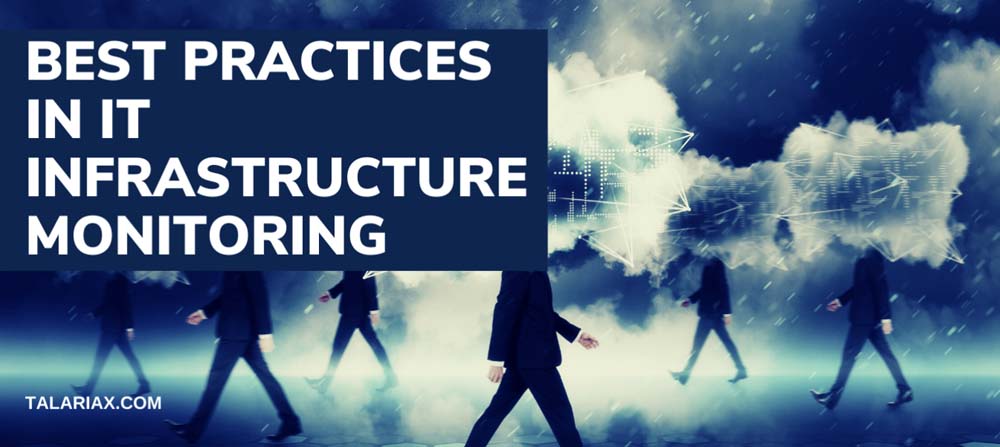Due to the complexity of IT infrastructure, managing and monitoring the entire ecosystem is difficult and time-consuming. It requires the manager to be able to sort through and prioritize the data he receives, and identify exactly which components need maintenance. Without a professional IT infrastructure monitoring platform, human errors are likely to occur, which can result in severe consequences for the infrastructure.
As such, an IT infrastructure monitoring platform is important to prevent potential threats and financial losses to the business. It assists companies in finding the balance between multi and hybrid cloud environments, resulting in cost efficiency as well as fast delivery times once processes are standardized across the organisation.
With the wide variety of IT infrastructure monitoring platforms in the market right now, it is important to choose the right platform. While your business will have its own unique set of requirements, there are three best practices you should look out for in any IT infrastructure monitoring platform.
1) Consolidate the monitoring of cloud on a single, user-friendly platform
It is unadvisable to have multiple platforms monitoring your IT infrastructure. While having a diverse monitoring tool may have worked in the past, current IT needs are complex and more demanding. Individual components within the IT infrastructure could be stretched across several business units or functional needs. Monitoring these components using multiple platforms will create overlapping alerts, and would slow down IT maintenance reaction time due to the overwhelming number of alerts an IT manager receives. Furthermore, it is difficult to get an overall picture of the IT infrastructure if data is tracked across multiple platforms. This not only makes monitoring the IT infrastructure more complicated, it could also result in an oversight in areas that require critical support due to the lack of clarity in data and reporting.
As such, it is prudent to ensure that all your data can be read and interpreted by a single platform that allows all IP-addressable devices, URL, email and cloud providers to be monitored 7 days a week, 24 hours a day.
2) Use a single platform that does not need integration efforts to save time to go onboard.
IT infrastructure shared today are shared across business units, offices, and even countries. With the availability of cloud systems, monitoring platforms need to integrate easily with the different operating environments.
As such, ensuring that the platform that you employ is easily integrated into the current infrastructure is key if you have a complicated infrastructure ecosystem. Data is only useful if you are able to collate the information easily – especially if you have installed a network from multiple vendors. sendQuick, for instance, comes with an email filter with a pre-built integration to public cloud providers so you can hit the ground running with no delays.
3) Use a single platform that empowers IT professionals to easily configure monitoring and on-call omnichannel alert policies.
Responding to IT alerts promptly is one of the most important pillars in building brand recognition, accountability and loyalty. Having a platform that allows you to configure omnichannel alert policies will increase your response time when dealing with IT issues.
sendQuick simplifies the way IT professionals communicate with their users, be it with support staff or your customers. Our service, sendQuick Cloud integrates multiple communication channels, allowing you to reach out to your team and customers in their preferred method of communication. Response time is therefore faster for critical events, therefore reducing network downtime – giving more free time dedicated towards consumers.
Visit www.sendquickcloud.com to learn more.






